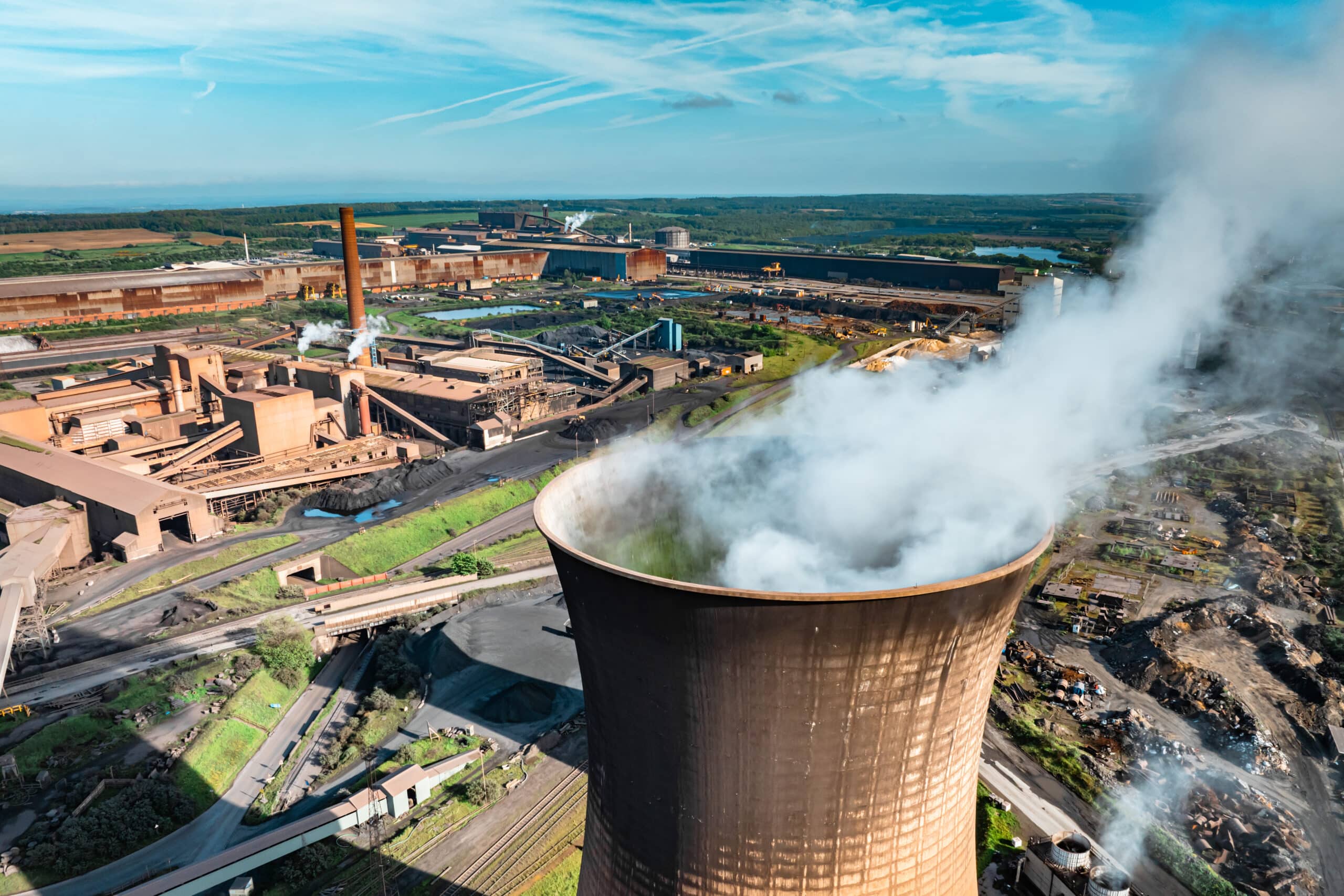Introduction
As the energy sector shifts focus towards decarbonisation and emerging low-carbon pathways, the nature of investment decisions is being fundamentally reshaped. Traditional oil and gas projects benefit from decades of precedent in the form of established value chains, mature stakeholders, known regulatory environments, and repeatable project delivery models. In contrast, energy transition projects frequently operate in more fluid, ambiguous contexts. Many actors are undefined, revenue models are nascent, and the pace of change is relentless.
To navigate this uncertainty, and to ensure that early-stage projects remain robust through to Final Investment Decision (FID), a more dynamic and deliberate approach is required. That approach is underpinned by Decision Quality (DQ) and Decision Analysis (DA).
DQ rests on six essential elements.
Why DQ and DA are Business Critical
We believe successful energy transition projects don’t just demand better designs—they demand better decisions. DQ and DA provide the structure and discipline to challenge assumptions, surface uncertainty, and make trade-offs explicit. While traditional approaches often default to optimising for Net Present Value (NPV), Internal Rate of Return (IRR), or technical risk, DQ and DA broaden the lens to consider what will matter most to the full spectrum of stakeholders. In this context, DQ and DA help:
- Challenge embedded assumptions
- Simulate future stakeholder preferences
- Frame trade-offs and value-drivers dynamically
One frequent challenge in early-stage framing is the absence of future decision-makers. In mature sectors, roles and expectations are clear: who finances, who operates, who regulates. In contrast, energy transition projects often require making decisions today that must appeal to stakeholders who may only emerge years from now. The expectations of these future stakeholders will be critical. DQ helps decision-makers ask better, future-facing questions—not just optimise for present constraints.
Case Insight: Power-to-Liquids and Adaptive Framing[1]
In a recent Power-to-Liquids (PTL) project, io deployed its proprietary emerge software suite to craft a technically elegant design and commercially compelling design, optimised around Internal Rate of Return (IRR), schedule, and levelised cost of hydrogen (LCOH). This approach enabled clear trade-off analysis aligned with the client’s priorities at that stage.
As the project progressed and investor engagement deepened, additional stakeholder value drivers emerged. These prompted a valuable reassessment of assumptions. Because our framing approach was intentionally flexible, the business case was readily refined to align with these evolving priorities. This was not a pivot, but rather validation that the project had been designed to accommodate change.
This example illustrates a common challenge in energy transition framing: decisions are often taken before the full cast of future stakeholders is present. Our adaptable approach ensures these perspectives are anticipated, allowing framing to be both inclusive and resilient.
Simulating Stakeholder Complexity: Practical Methods
One practical way to bring future perspectives into today’s decisions is through simulation. We advocate role-playing exercises where members of the project team (or external facilitators) act as proxy investment committees. Their remit is to interrogate commercial viability, challenge assumptions, probe for policy dependencies and expose vulnerabilities in project logic.
Combined with backcasting (or pre-mortem analysis), these techniques can anticipate how different futures may value the project, or why it might fail to secure finance. This introduces a healthy tension that shifts thinking from “Can we deliver this?” to “Will this be investable, operable, and politically supported five years from now?”
This exercise isn’t about theatre, it’s about injecting realism and financial discipline into a conversation that can otherwise become overly technical. By introducing this proxy investor lens, teams are more likely to surface uncomfortable truths early, such as unproven revenue models, policy dependencies, or unrealistic timelines for market maturity. It also helps rebalance the weight of decision-making away from purely technical optimisation towards a more holistic view of value creation. This technique enhances the Appropriate Frame by injecting diversity of perspective early, and it reveals Values and Trade-offs that may otherwise remain hidden.
Rebalancing Complexity with Clarity
PTL and similar projects are complex across multiple dimensions: technical, commercial, and strategic. But perhaps the greatest complexity lies in the shifting context in which they exist. Energy transition projects are part of a broader transformation technological, economic and societal. The framing process must reflect this. Value drivers need to be flexible, informed by scenario thinking, and regularly revisited as new stakeholders emerge or assumptions shift.
The use of tools such as Multi-Criteria Decision Analysis (MCDA)[2], Expected Monetary Value (EMV)[3], and strategy tables are valuable, but only if they are applied with an awareness of their limitations. Proxy perspectives help ensure these tools are calibrated to reflect more than just what the current team values, but what future financiers, regulators, and off-takers will demand.
Conclusion: Partnering for Framing that Endures
At io, we don’t just help clients optimise their projects. We help shape better decisions. That means thinking beyond today’s risks to tomorrow’s investors, regulators, and communities. It means challenging assumptions early, simulating future voices, and aligning strategy with a broader context.
Decision Quality in the energy transition is not an academic exercise. It is a core capability for building projects that attract capital, gain public support, and stand the test of market evolution. Our approach is not about doing more analysis, but asking sharper, more forward-looking questions—of the right stakeholders, even if they haven’t arrived yet.
Because in the energy transition, the best designs emerge from the best decisions.
References:
- Framing is about defining the problem we are trying to solve—setting the boundaries, objectives, and perspectives that guide our analysis.
- Multi-Criteria Decision Analysis (MCDA) is a structured method used to evaluate and compare multiple options based on a set of defined, and often competing, criteria. It is particularly useful when decisions involve qualitative, quantitative, and conflicting objectives
- Expected Monetary Value (EMV) is a decision analysis technique that evaluates uncertain outcomes based on probabilities and monetary impacts, allowing comparison of options under uncertainty









